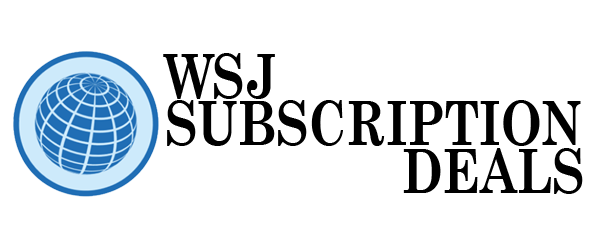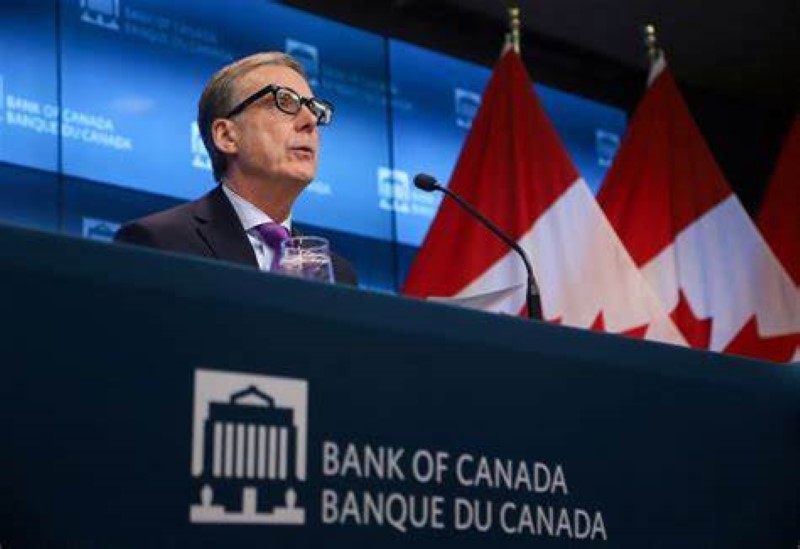The Bank of Canada is actively working to prevent the initial price hikes driven by tariffs from spreading, while keeping inflation expectations close to its 2% target. Governor Tiff Macklem emphasized these priorities during a speech in Calgary on Thursday, addressing concerns over a higher-than-expected inflation rate of 2.6% in February.
Inflation Exceeds Expectations
Macklem admitted the inflation figure “caught our attention” as it surpassed expectations, with underlying data appearing “slightly stronger” than anticipated. Traders and economists now speculate the Bank of Canada will halt rate cuts after seven consecutive reductions. This unexpected inflation surge raises concerns about the central bank’s ability to maintain its current monetary easing trajectory. Market reactions indicate uncertainty regarding future policy decisions amid persistent inflationary pressures.
Tariff Concerns and Economic Impacts
Macklem stated the Bank of Canada cannot resolve trade uncertainty but remains committed to ensuring inflation stays low and stable. The Bank’s responsibility is preventing initial tariff-driven price increases from escalating into broader inflationary pressures. By containing these effects, it aims to maintain price stability and avoid major deviations from its inflation target. This approach ensures economic resilience despite external trade-related disruptions impacting Canadian markets.
U.S.-Canada Trade Conflict Looms
The impending U.S. tariffs on Canadian imports, effective April 2, could intensify inflationary pressures and disrupt economic stability. Although President Trump twice delayed imposing heavy tariffs, uncertainty persists regarding future trade policies. Macklem cautioned that prolonged tariffs might push Canada into recession, as one-fifth of its economy depends on U.S. exports.

House Democrats Demand Greater Transparency on Trump DOGE
House Democrats are calling for greater transparency from President Donald Trump’s Department of Government Efficiency (DOGE)…
Canadian Response to Tariffs
In retaliation, Canada has implemented a 25% tariff on approximately $42 billion of U.S. imports, with the possibility of extending this to an additional $66 billion, depending on Trump’s decisions. These developments are contributing to growing concerns over Canada’s economic stability.
Economic Outlook and Rate Policy Concerns
Despite a recent quarter-point rate reduction by the Bank of Canada, economists now suggest that Macklem’s comments signal an increasing focus on inflationary pressures, rather than economic slowdown. This shift in focus has prompted predictions of a potential pause in rate cuts next month.
Rising Economic Anxiety Among Businesses and Households
Surveys indicate that Canadian businesses are scaling back investment plans and expecting a rise in prices, with one report revealing small-business confidence at a historic low. Households are becoming increasingly worried about job security, leading to a decrease in spending.
Inflation Expectations and Business Confidence
Recent data from the Canadian Federation of Independent Business highlights a sharp decline in small-business confidence, exacerbated by trade policy uncertainty. Furthermore, inflation expectations are on the rise, with the producer price index showing a nearly 5% increase from the previous year.
A Fragile Economic Landscape
In conclusion, the Bank of Canada faces a complex challenge in balancing inflation control with the ongoing impact of trade uncertainty. Macklem’s remarks underscore the central bank’s commitment to managing inflation while navigating an increasingly unpredictable economic environment.


